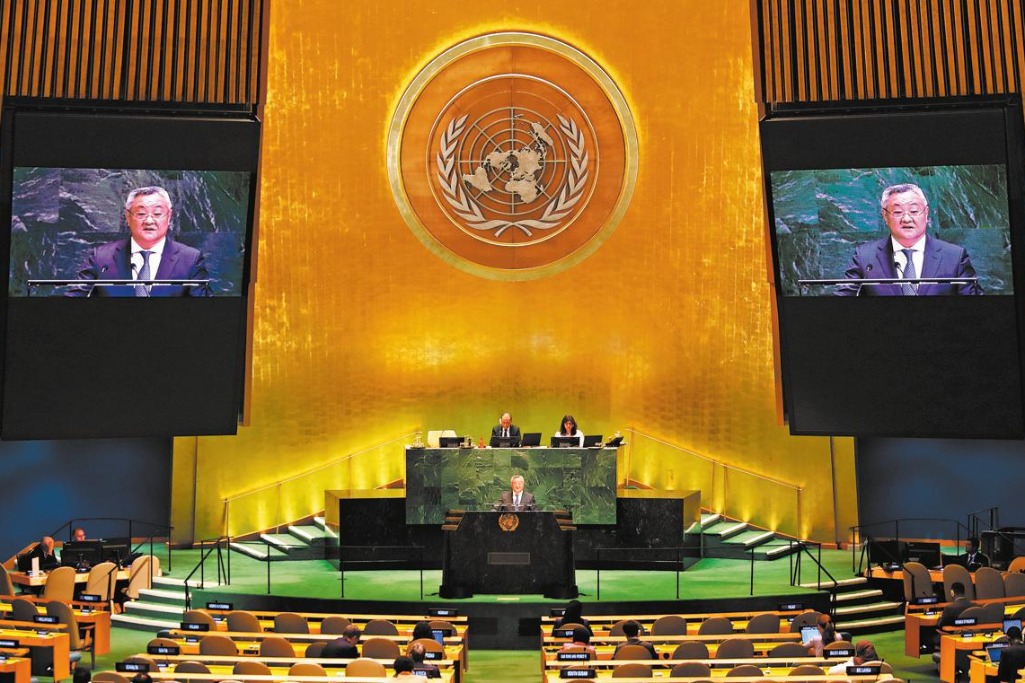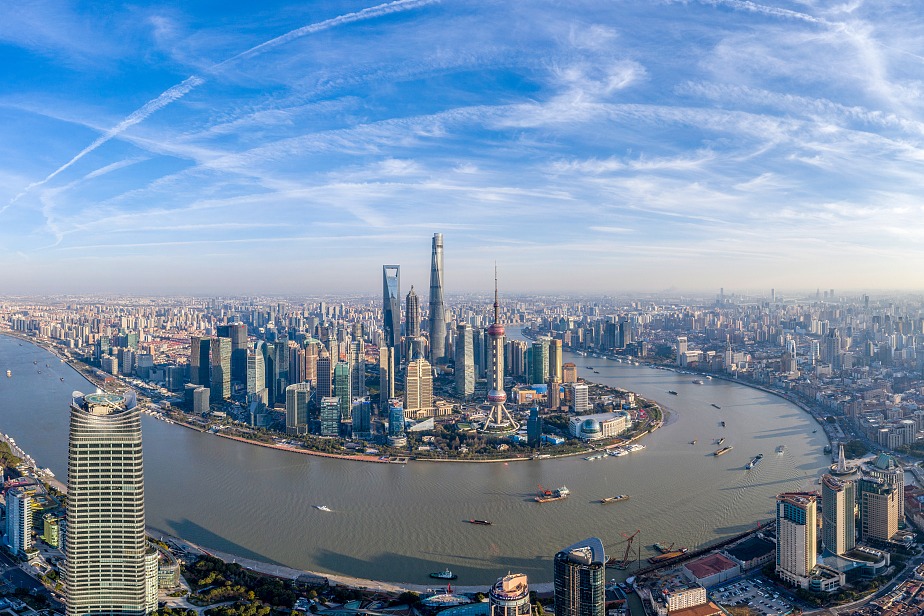What's on

Heritage enlivened
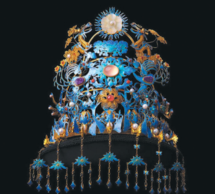
It may be difficult to take one's eyes off a dazzling coronet on show at the Chinese Traditional Culture Museum in Beijing. Not an ornament once adorning some imperial figure, it is a modern one made by Ma Yajing, an artist who has been carrying on the filigree inlaid metal art (huasi xiangqian) in Tianjin. Her fine work integrates the intricacy of the technique, enameling and precious stones inlaying. Her artistic skills were enhanced by her brief stint at Beijing Arts and Crafts Technician College.
Ma and many artisans across the country have benefited from a national project, launched in 2015, to involve universities, colleges and professional schools in the protection of cultural heritage and to support the upskilling of inheritors. The achievements of this decade-long endeavor are celebrated at New Lives of Intangible Cultural Heritage, where Ma's coronet and the works of artisans involved in the project are on show, until Aug 31.
The exhibition shows that more than 200,000 artisans nationwide have received training at over 200 schools over the past 10 years. The mind-opening program inspires them to reform, create, and summarize, by which they are able to revitalize the arts and crafts to which they have dedicated their lives.
9 am-5 pm, closed on Mondays. 16 Hujing Dong Lu, Chaoyang district, Beijing. 010-8799-1766.
Borderland harmony
At the National Art Museum of China, in Beijing, a large number of classic works are displayed, depicting the beautiful landscapes and diverse cultures and folklores of Xinjiang Uygur and Xizang autonomous regions, made by leading figures of modern Chinese art.
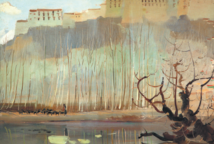
Harmony on the Borderland: Unity Among Ethnic Groups, an ongoing exhibition at the NAMOC, gathers these works, primarily in the museum's collection, encompassing Chinese paintings, oil works, prints and sculptures. It will continue till July 14.
Many of them have been rotated for display in Beijing and other cities, but still draw an audience every time they are out for public viewing, such as Presenting Hada by Ye Qianyu, who is known for producing sketchy strokes to render a rhythmic sense to his subjects, and The Dzongyab Lukhang Park of Lhasa, a work of Wu Guanzhong that shows a serene scene of the park behind the Potala Palace.
9 am-5 pm, closed on Mondays. 1 Wusi Dajie, Dongcheng district, Beijing. 010-6400-1476.
Tang treasures
The excavation of two urns containing gold, silver, jade and other wares dating to the Tang Dynasty (618-907), in 1970, in Shaanxi province, stunned the world. The discovery, named after the Hejiacun village where the treasure pots were unearthed, widely opened people's eyes and minds to the glorious days of the Tang era, a powerful time in Chinese history.
Objects from the Hejiacun treasure trove, especially these gold ones with a variety of pattens, always catch the attention of people visiting Shaanxi History Museum, in Xi'an, where they are housed.
Now, several Hejiacun treasures are on display at Tian Xia Chang An, an exhibition at Hebei Museum, in Shijiazhuang, in collaboration with Shaanxi History Museum, where a variety of artifacts shows the different aspects of the society and culture of the Tang Dynasty. It zooms in on the construction of the imperial city of Chang'an, its booming economy and exchanges with other cultures along the ancient Silk Road. The exhibition runs until Aug 18.
9 am-6:30 pm, closed on Mondays. 4 Dong Dajie, Chang'an district, Shijiazhuang, Hebei province.0311-966-518.
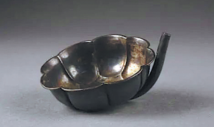
Today's Top News
- Economy seen on steady track
- Trade-in program likely to continue next year
- Li: SCO can play bigger role in governance
- Huangyan Island protection lifeline for coral ecosystem
- Latin America urgently needs green credit
- AI innovation powers China's lead in smart eyewear



















